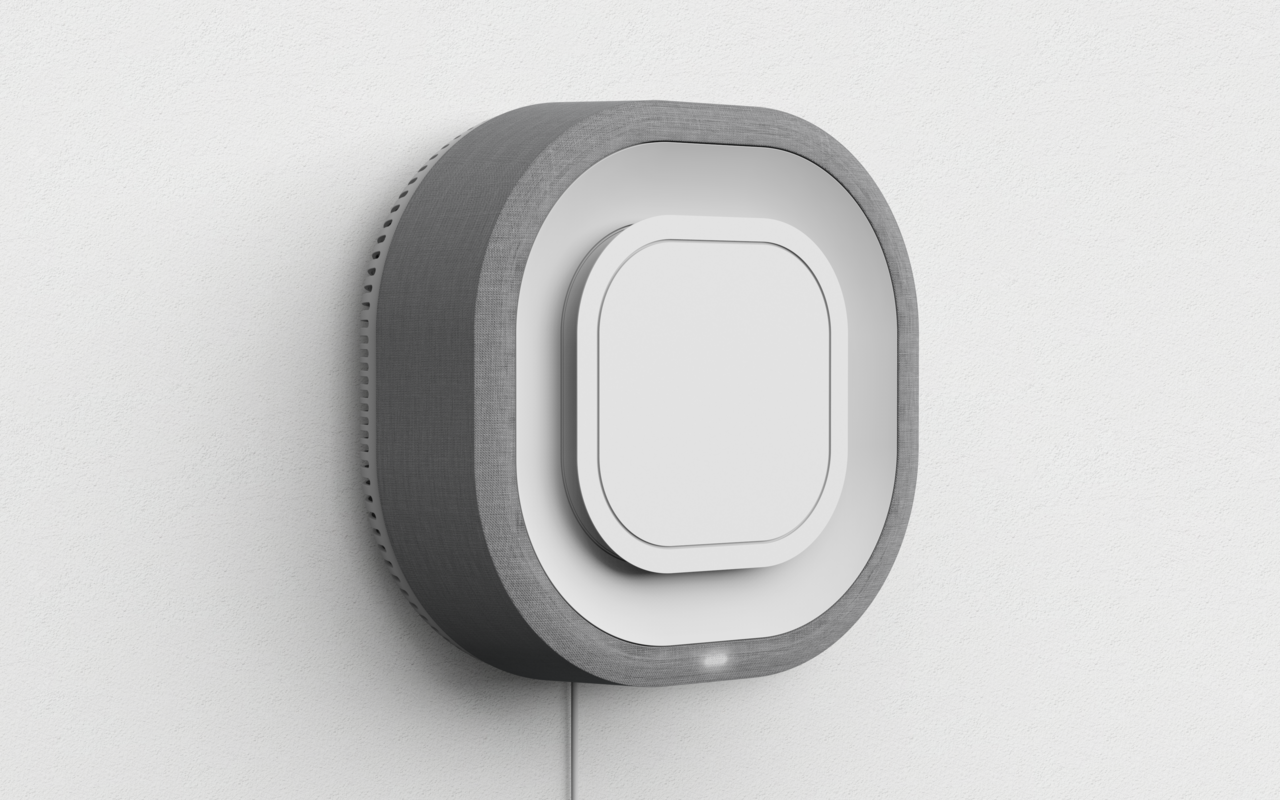Need HVAC help?
Let our experts handle it.
Heating, Cooling, and Ventilation Guides
Roy Cohen
Founder of Cold Hot Air
Roy Cohen is the founder and chief editor of Cold Hot Air. He aims to bring you insider HVAC information so you can better your decisions and save on pricy repairs.
He’s assembled a team of qualified HVAC experts to guide you through your heating, cooling, and ventilation worries. You’ll be comfortable in record time.






